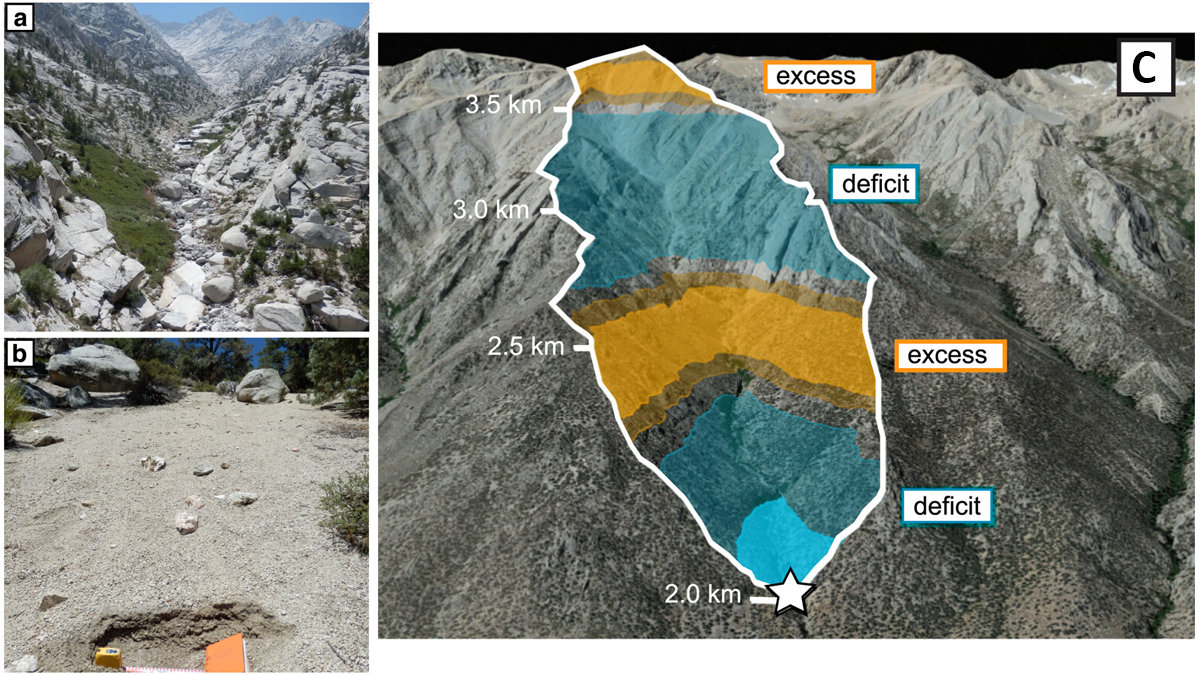Editors’ Highlights are summaries of recent papers by AGU’s journal editors.
Source: Journal of Geophysical Research: Earth Surface
Provenance studies involve analyzing sediment in modern or ancient rivers to learn about the processes that lead to their formation. For example, the concentration of certain elements in a river sand sample can tell us how quickly the catchment upstream is eroding. The different rock types present in pebbles in ancient river sediment can tell us how the rock sources or the path of the river have changed through time. Most of these studies use a given size fraction, for example, sand or gravel.
Recent studies have shown that natural processes can lead to bias that can affect the conclusions of provenance studies. For example, a large proportion of sand or gravel may come from a particular rock type, or from a particular location in the catchment. Climate can also control the way rocks weather, which can also influence the amounts of sand and gravel produced.
Lukens et al. [2023] introduce the most comprehensive dataset ever produced to demonstrate this bias and better understand the processes that lead to the production of sediment of various sizes. They use a particular tracer (apatite-helium ((U-Th)/He) age) to identify the source of 699 sediment samples taken at a given location in a steep catchment in California. These samples are made of sediment with grain sizes spanning 12 size classes (from sand to boulders). The authors develop a new tool for the statistical analysis of the results and demonstrate clear variations in sediment production. For example, cobbles and gravel originate from high elevation, boulders originate from low elevation, and the finest sizes originate from all elevations. They relate these variations to changes in erosion rates and in the processes that produce sediment as a function of elevation, and to the breakdown of sediment grains as they are transported downstream.
This work demonstrates how using various grain sizes in provenance studies can help better quantify spatial variations in erosion rates, help understand how various factors (climate, topography, and rock types) influence the processes that produce sediment, and therefore reveal a much richer story of sediment production.
Citation:Lukens, C. E., Riebe, C. S., Sklar, L. S., & Shuster, D. L. (2023). Sand, gravel, cobbles, and boulders: Detrital thermochronology shows that one size does not tell all. Journal of Geophysical Research: Earth Surface, 128, e2023JF007192. https://doi.org/10.1029/2023JF007192
—Mikaël Attal, Editor, JGR: Earth Surface

